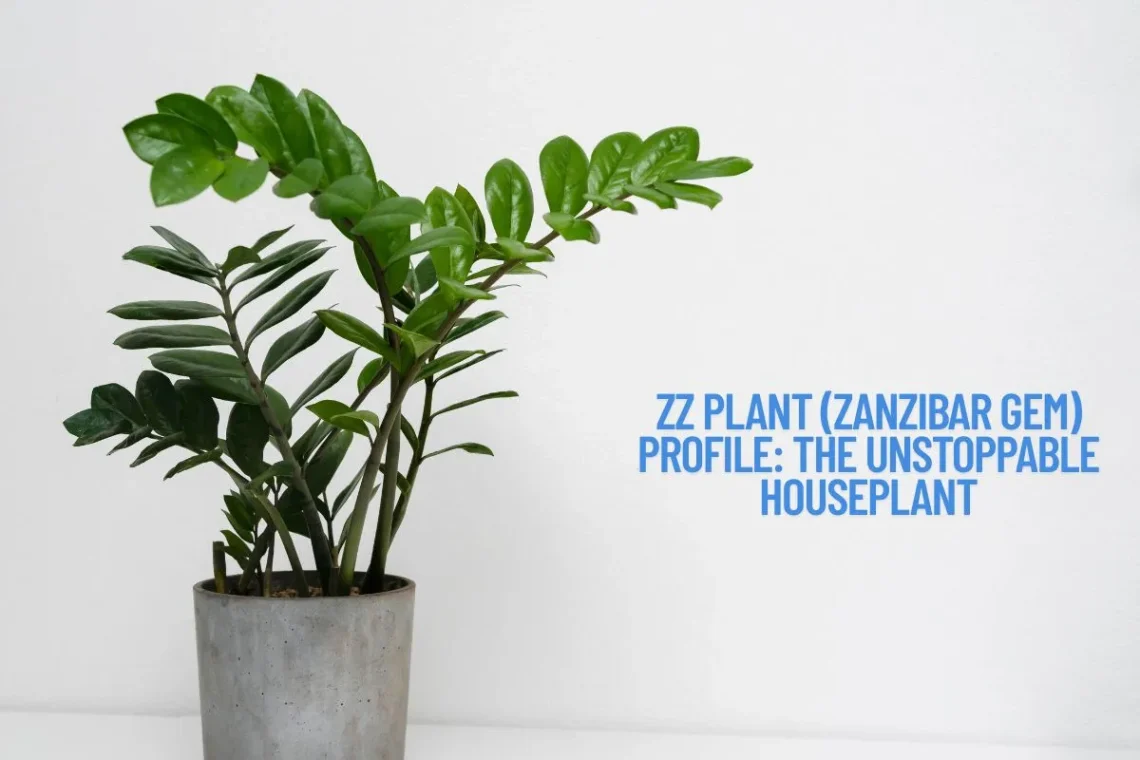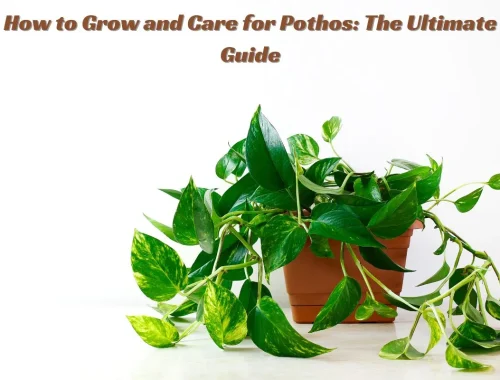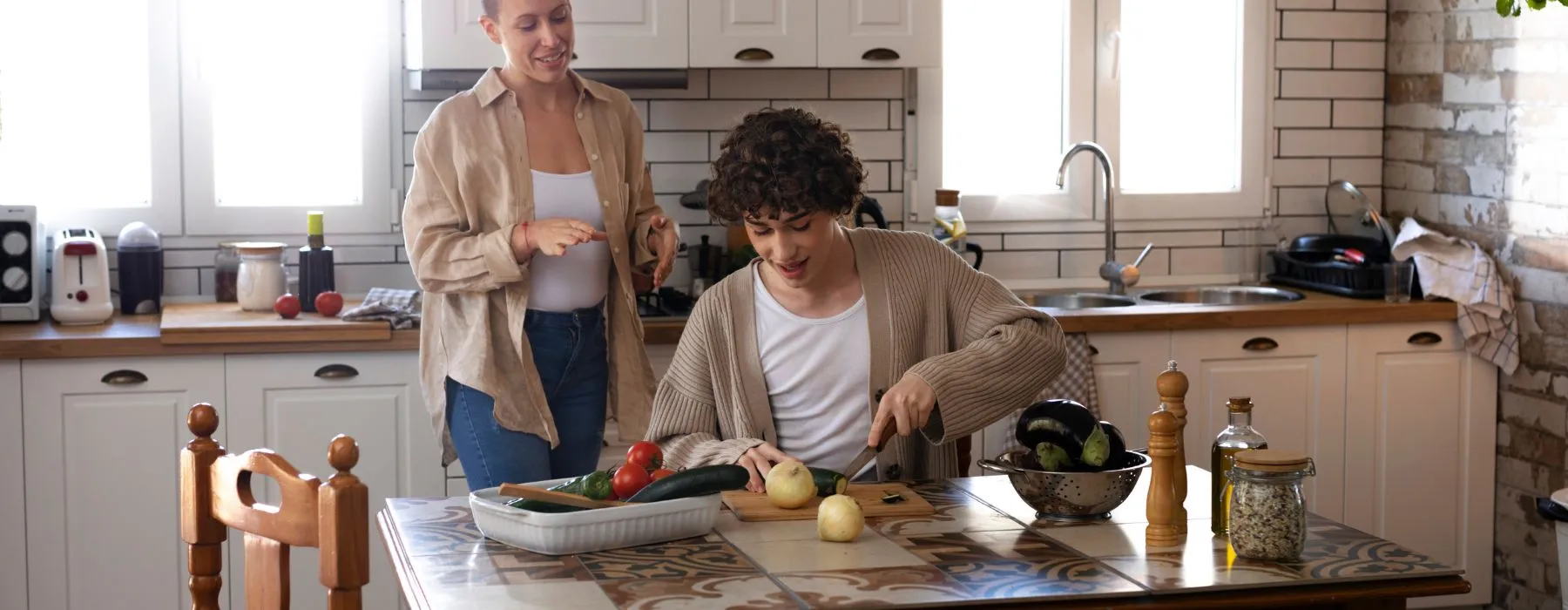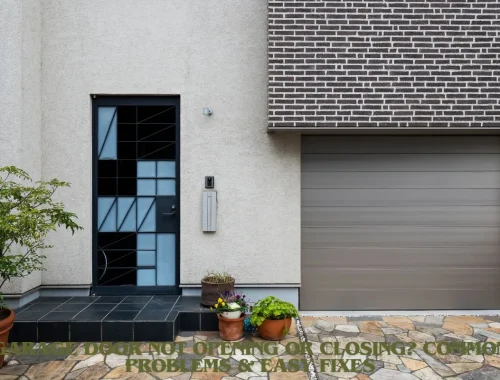
ZZ Plant (Zanzibar Gem) Profile: The Unstoppable Houseplant
If you’ve ever wanted a plant that thrives on neglect, looks like a glossy green sculpture, and brings a touch of luck, the ZZ plant might be your perfect match. Known officially as Zamioculcas zamiifolia (try saying that five times fast!), but affectionately called the ZZ or Zanzibar Gem, this houseplant is a favorite among first-time growers and busy individuals everywhere.
This guide is your ultimate, easy-to-understand profile of the ZZ plant—packed with friendly tips, expert insight, and real-life stories to make you smile. Whether you’re new to houseplants or already love growing green friends, there’s something here for you!
Table of Contents
ToggleWhat Makes the ZZ Plant Special?
The ZZ isn’t just another pretty face in the plant world. It stands out because:
-
It’s nearly indestructible: Forget to water? Too little sunlight? The ZZ shrugs it off.
-
It has bold, waxy green leaves that look fresh and clean, even in dry rooms.
-
It quietly purifies air (like a mini home helper).
-
It’s forgiving if you travel a lot or sometimes space out on plant care.
Personal story: My first ZZ plant was a gift from my sister when I moved into my apartment. I set it on a shelf, forgot it during a two-week family trip, and came home to find it looking even better than before! It’s still with me, more than five years later.
ZZ Plant Basics: Facts at a Glance
-
Other Names: Zanzibar Gem, Zamioculcas zamiifolia, ZZ plant
-
Origin: Native to Eastern Africa (Kenya, Tanzania, Zanzibar)
-
Height: Usually 45–60cm indoors (can reach over 1m given time)
-
Leaves: Thick, shiny, oval-shaped, and dark green—almost artificial-looking
-
Light: Thrives in low to bright, indirect light
-
Water: Infrequent; every 2–4 weeks, or when the soil dries out
-
Pet Safety: All parts mildly toxic if eaten—keep out of reach
Is ZZ Plant Lucky at Home?
The Luck Factor
The ZZ plant is cherished in Feng Shui and many home traditions for inviting prosperity, protection, and positive energy. Its upright, lush leaves are said to symbolize growth, steady progress, and calmness.
In many Asian households (including mine!), the ZZ plant is a go-to “good luck plant.” My aunt places a little coin at the base for extra prosperity. Some even call it the “eternity plant” because it stays beautiful season after season.
Real-Life Experience
I once gave a ZZ plant to a friend who had just started her own freelance business. She loves to joke that her luck (and clients!) improved quickly afterwards. Maybe it’s not just wishful thinking—a thriving, green plant does make any space feel more positive.
What Is the ZZ Plant Good For?
The ZZ plant is more than just good looks:
1. Air Purification
ZZ plants remove toxins like xylene, toluene, and benzene from indoor air, quietly working as a natural filter. They’re not miracle workers, but they do help keep your space fresher.
2. Low Maintenance Greenery
Don’t have a green thumb? No problem! The ZZ plant is known as the “plant of steel.” If you forget, overwater, or ignore it, the ZZ often still grows.
-
Perfect for offices, bedrooms, or low-light corners.
-
Great “starter plant” for newbies, kids, and forgetful adults.
3. Home Decor Powerhouse
Its upright stems and glossy leaves fit any decorating style—from modern to boho to classic. Place it in a plain pot for a minimalist look, or put it with other plants for a jungle vibe.
Personal anecdote: My living room felt empty until I put my ZZ in a sunny corner. Almost overnight, the whole room seemed brighter and more “put together.”
Does the ZZ Plant Need Sunlight?
Here’s the magic: ZZ plants are famous for not needing direct sunlight. Too much sun can burn their leaves.
Best Light Conditions
-
Low Light: Thrives! Makes it ideal for darker offices, dorms, or rooms with small windows.
-
Indirect Light: Loves it—grows lush and happy.
-
Bright, Direct Sun: Not ideal. If you put it on a hot, sunny windowsill, its leaves may turn yellow or crispy.
-
Fluorescent Light: ZZ plants even do well under artificial lights, making them great for spaces without much natural light.
Tip: If you notice your ZZ plant leaning towards the window, turn the pot every month to keep its shape balanced.
Fun fact: ZZ plants store water and energy in their potato-like underground stems (called rhizomes), so they can go weeks between waterings.
How to Care for Your ZZ Plant (Step-by-Step)
1. Place In the Right Spot
Pick somewhere with low to medium indirect light. Avoid cold drafts and strong, hot sun.
2. Don’t Overwater
ZZ plants hate soggy soil. Check the soil—if it’s bone dry, give it a drink. If it’s damp, wait. Water fully, but let the soil dry completely before the next watering.
-
Typically, water every 2–4 weeks.
-
Less water is better than too much!
3. Use Well-Draining Soil
Any normal potting mix is fine. Make sure the pot has drainage holes, so roots don’t sit in water.
4. Feed Occasionally
During spring/summer, you can use a weak liquid houseplant fertilizer once a month. It’s not required, though—the ZZ grows fine even without it.
5. Wipe the Leaves
A gentle wipe with a damp cloth every month keeps those glossy leaves shining bright.
Bonus: Repot When Crowded
If roots start poking out or the plant stops growing, upgrade to a pot about 1–2 inches wider.
What Are the Disadvantages of the ZZ Plant?
Nothing is perfect—not even the Zanzibar Gem! While most owners adore their ZZ, there are a few things to watch out for:
1. Toxicity to Pets and Kids
All parts of the plant are mildly toxic if eaten, causing upset stomach or irritation. It’s not deadly, but it’s best to:
-
Keep ZZ plants off the ground if you have cats, dogs, or little ones who like to chew everything.
Personal story: My cat, Luna, once nibbled a leaf, and while she was fine, she avoided it after that first taste.
2. Slow Growth
ZZ plants don’t grow quickly—patience is needed if you’re hoping for a giant green statement plant fast.
3. No Flowers (Indoors)
ZZ plants rarely bloom indoors. When they do, it’s a small, odd-looking pale yellow spike near the soil—neat to see, but not showy.
4. Prone to Root Rot
The main danger is overwatering. Too much water can rot the rhizomes/roots.
5. Sensitive to Cold
Keep your ZZ above 10°C (50°F). Chilly drafts and frost will hurt it.
Unique Insights About the ZZ Plant
-
Barely Needs Attention: If you travel a lot or aren’t home much, your ZZ will keep on growing.
-
Root Division: Want to make more plants? You can divide its rhizomes and share a piece with friends.
-
Adaptable: Can handle low humidity, dry air, and less-than-perfect care.
-
Good Office Plant: Doesn’t mind artificial lights, rarely attracts pests, and brings greenery to stressful spaces.
Story from a friend: My coworker put a ZZ plant in the darkest corner of her cubicle—it thrived better than the bright window plants!
ZZ Plant FAQs for Curious Owners
Is ZZ Plant Lucky at Home?
Yes, many believe so! It’s considered a symbol of growth, protection, and wealth in homes worldwide.
What Is the ZZ Plant Good For?
Low maintenance greenery, air purification, and stylish home décor.
Does the ZZ Plant Need Sunlight?
Not much! It does best in low to medium, indirect light. Avoid harsh sunlight.
What Are the Disadvantages of the ZZ Plant?
Slow growth, mildly toxic to pets/kids, dislike of overwatering and cold, and rarely blooms indoors.
Final Thoughts: The Plant That Anyone Can Grow
The ZZ plant earns its reputation as an unstoppable, forgiving, and beautiful houseplant. Its bold green leaves brighten any space, cleanse the air a little, and—if you ask believers—invite fortune and positivity.
If you want a houseplant that makes you look like an expert (even if you sometimes forget it exists!), the Zanzibar Gem is the gift that keeps on giving. My own ZZ has survived years of my sometimes-forgetful care—and it’s still the green star of my home.
So next time you want to add green to your life without headaches or high maintenance, pick a ZZ plant. Luck, beauty, and stress-free plant parenting are just a pot away!
Happy growing! Your ZZ plant will thank you, quietly, by always looking great—no matter what.
You May Also Like

How to Grow and Care for Pothos: The Ultimate Guide
June 30, 2025
10 DIY Kitchen Backsplash Ideas Under $200
April 24, 2025

